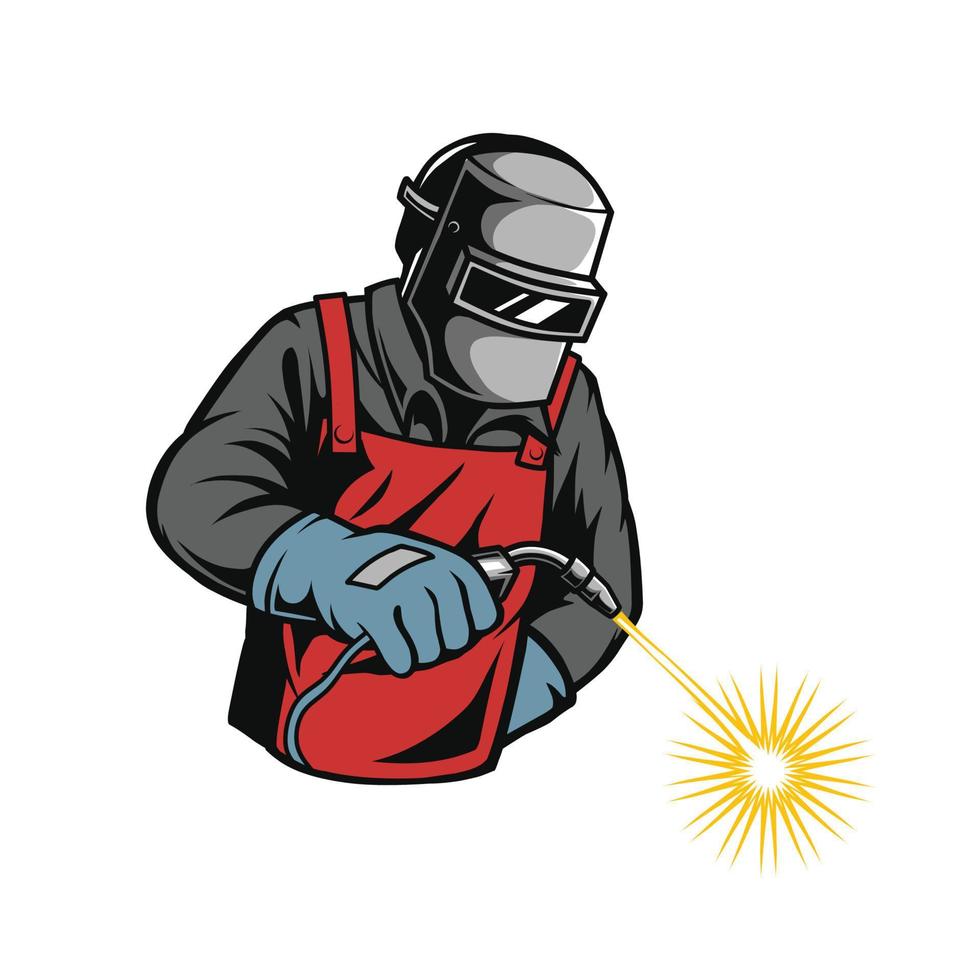Why a Welding WPS is Crucial: Enhancing Uniformity and Conformity
Why a Welding WPS is Crucial: Enhancing Uniformity and Conformity
Blog Article
The Ultimate Guide to Welding WPS Procedures: A Detailed Review for Welders
In the elaborate globe of welding, Welding Treatment Specifications (WPS) work as the foundation of guaranteeing high quality, uniformity, and security in welding procedures. Understanding the nuances of producing, implementing, and keeping an eye on WPS treatments is essential for welders wanting to elevate their craft and satisfy market criteria. As we explore the different elements of a WPS and discover the details of certification and qualification, we will certainly discover the essential role these procedures play in the realm of welding. Let's start a journey to unwind the intricacies and value of WPS procedures in welding methods.
Relevance of WPS Procedures
Comprehending the relevance of Welding Procedure Specs (WPS) procedures is important for making certain the quality and honesty of welded frameworks. WPS procedures work as a roadmap for welders, laying out the necessary actions, criteria, and products required to achieve an audio weld. By adhering to WPS standards, welders can make certain consistency in their job, bring about dependable and structurally sound welds.
One of the primary factors why WPS procedures are vital is their duty in maintaining weld high quality and honesty. Adhering to the specified welding specifications and techniques detailed in the WPS aids prevent flaws such as porosity, cracking, or incomplete fusion, which can jeopardize the toughness and toughness of the weld.

Components of a WPS
A Welding Treatment Requirements (WPS) typically makes up vital elements that detail the details demands for executing a weld, making certain uniformity and quality in the welding procedure. The essential components of a WPS consist of necessary variables such as base metals, filler metals, interpass and preheat temperature levels, welding processes, securing gases, welding placements, and post-weld heat therapy demands.
Base steels describe the products being joined, while filler metals are made use of to load the space between the base metals throughout welding. Preheat and interpass temperature levels are important for managing the warmth input and avoiding issues like breaking or distortion. The welding procedure outlines the certain technique to be made use of, whether it's gas metal arc welding (GMAW), secured metal arc welding (SMAW), or an additional method. Securing gases protect the weld swimming pool from atmospheric contamination. Welding placements define the alignments in which welding can be carried out. Post-weld warm therapy might be required to soothe tensions and improve the weld's properties. A complete understanding of these components is important for producing a efficient and thorough WPS.

Certification and Certification
Having actually developed the essential components of a Welding Treatment Requirements (WPS), the emphasis now moves towards the crucial aspects of qualification and accreditation in welding practices.

Accreditation, on the other hand, is the official recognition of a welder's certifications by an appropriate accreditation body or organization. Welding accreditations are typically based on the details welding processes, products, and settings a welder is certified to collaborate with. Holding a valid welding qualification shows that a welder fulfills industry requirements and is competent to do welding tasks to the needed requirements.
Creating a WPS
To establish a Welding Procedure Spec (WPS) that meets industry standards, cautious factor to consider of welding processes, materials, and operational criteria is important (welding WPS). The initial step in creating a WPS is to identify the welding procedure to be used, such as gas steel arc welding (GMAW) or secured metal arc welding (SMAW) When the welding procedure is established, the following essential facet is picking the appropriate materials, thinking about aspects like base steel kind, thickness, and joint design. Functional parameters such as welding current, voltage, travel speed, and protecting gas structure must additionally be thoroughly defined in the WPS.

Executing and Keeping An Eye On WPS
Upon finalizing the comprehensive Welding Treatment Requirements (WPS) that thoroughly details welding processes, products, operational specifications, and quality guarantee actions, the focus changes to successfully applying and keeping an eye on the recognized treatments. Application includes making sure that all welders involved in the task are familiar with the WPS and follow it thoroughly throughout the welding procedure. Efficient execution and monitoring of the WPS are important for guaranteeing the honesty, stamina, and safety and security of the welded joints, eventually contributing to the total success of the welding project.
Final Thought
To conclude, understanding and complying with Welding Treatment Specs (WPS) is vital for welders to make certain top quality, consistency, and security in their job. By knowing the parts of a WPS, obtaining appropriate credentials and qualifications, creating thorough procedures, and executing and checking them properly, welders can enhance their abilities and effectiveness in welding practices. Abiding by WPS procedures is crucial for creating high-grade welds and meeting industry standards.
In the complex world of welding, Welding Procedure Specs (WPS) serve as the backbone of guaranteeing high quality, uniformity, and security in welding procedures. The welding procedure details the certain strategy to be made use of, whether it's gas steel arc welding (GMAW), secured steel arc welding (SMAW), or an additional method.To develop a Welding Procedure Specification (WPS) that meets industry requirements, cautious factor to consider of welding processes, materials, and operational specifications is necessary. The very first step in creating a WPS is to identify the welding process to be used, such as gas steel arc welding have a peek at this site (GMAW) or secured metal arc welding (SMAW)Upon wrapping up the thorough Welding Treatment Spec (WPS) that carefully details welding procedures, materials, operational criteria, and high quality guarantee procedures, the emphasis shifts to effectively applying and keeping track of the well established procedures.
Report this page